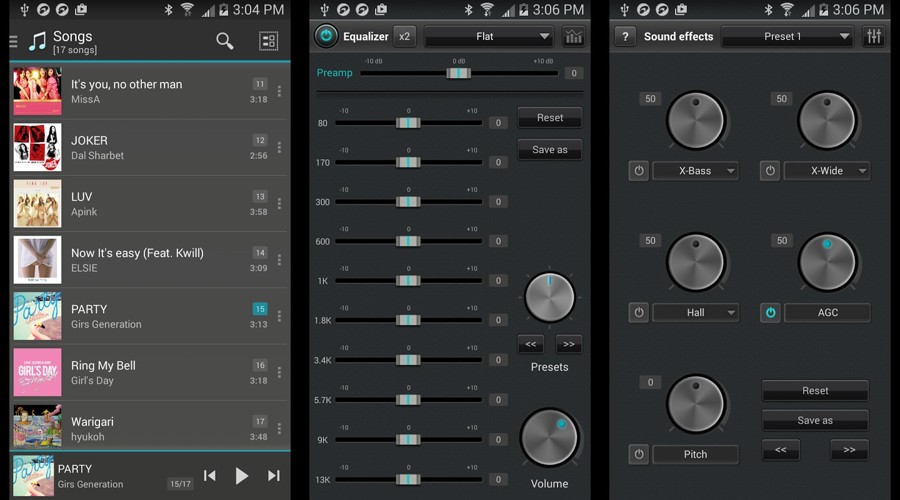
So, if you've already done a lot of legwork on your music collection's metadata, make sure to be careful with what songs/albums you choose to automatically tag. It's important to note that by choosing an AutomaTag to fill in metadata for songs and albums, that any previously entered metadata that you may have inputted manually will be overwritten. When you've selected a tag, simply tap the check mark in the top corner to finalize your work, and the metadata will be added to the track. Otherwise, you can scroll down to find more results, one of which should almost certainly match any song. You can select individual songs or albums, and once you do, the app will search the internet for matching tags.įrom there, you'll see an "AutomaTag best match" result, and if this is correct, all you have to do to add the tags is select it from the list. With everything set up, you're ready to start tagging your library. You can do this by simply tapping the hamburger icon, selecting "Automatic Mode," then "Choose a filter" to arrange the data as you wish. Since the main point of the app is to add missing album information, it makes it easiest if you organize results by missing album artwork. If you tap the hamburger icon in the corner, then the "Preferences" link, you'll find a way to fix this under the Advanced section-just tap "SD card permission," then enable access when prompted.

If for some reason you don't see all your media, it could be due improper permissions on the SD card.
Best free mp3 tag editor for android for free#

Metadata, like artist names, album thumbnails, and genres, is attached to many digital audio files, though some of the songs in your library might not have such tags, and others may have missing or incorrect information. When you're an audiophile, managing music is a labor of love.


 0 kommentar(er)
0 kommentar(er)
